We first started hearing about SEO in the 1990s, but the topic is still burning today. And that's not surprising, because the benefits of SEO are numerous, even with limited effort. Not convinced? Then take a moment and read more.
What is SEO?
The term SEO is an abbreviation of ‘Search Engine Optimization.’ All techniques aimed at optimizing and improving your website for search engine findability fall under SEO. Search engines such as Google, Bing, etc. assign a value to a website. The greater that value, the more likely people are to be presented with that particular website.
How to start optimizing your website?
Everything starts with an SEO audit. This involves examining how to improve the organic findability of your website. That audit is quite broad: from the technology behind your website, to the content and user experience on the site itself. First and foremost, it is important that your website is technically sound. A good loading speed and correct display of the website on smartphones and tablets is a good start. The next step is a keyword analysis: a keyword research in which you investigate which keywords your target audience uses in their search for your type of product or service.
You can now tactically use the keywords from the analysis in your content to improve the findability of your website. Is your website multilingual? Keep in mind that you should optimize for each language separately. Since search engines adjust their strategy regularly, it is important to regularly evaluate your optimization. In addition, remember to use the techniques when placing new content on your website.
Why is it so important?
SEO is important to get more visitors to your website. To make the impact of SEO optimization clear, let's take a recent project as an example. We applied SEO principles to an online magazine for healthcare professionals from one of our clients. The magazine has more than 6,000 online pages, but taking into account a quick ROI, we decided to optimize only the most recent and relevant pages – about 60 in total.
Major impact
With limited effort, and in less than a month after optimization, we were able to record the following results:
- Search traffic (the number of visitors to the website) increased from 792 to 3,239, a 309% increase
- The number of search impressions (the view of a page) increased from 11,715 to 20,853, an increase of 78%
- The number of relevant search terms increased from 519 to 1,119, an increase of 127%
- The number of search clicks (the number of times the website was clicked on from search results) increased from 118 to 263, a 123% increase
This example shows how you can make a big impact even with a limited investment. Is your website underperforming? Contact us and together let’s see how we can get your website back on track.
Email or call Anne-Mie at anne-mie.vansteelant@livingstone.eu or call +32 (0)55 59 10 07.



